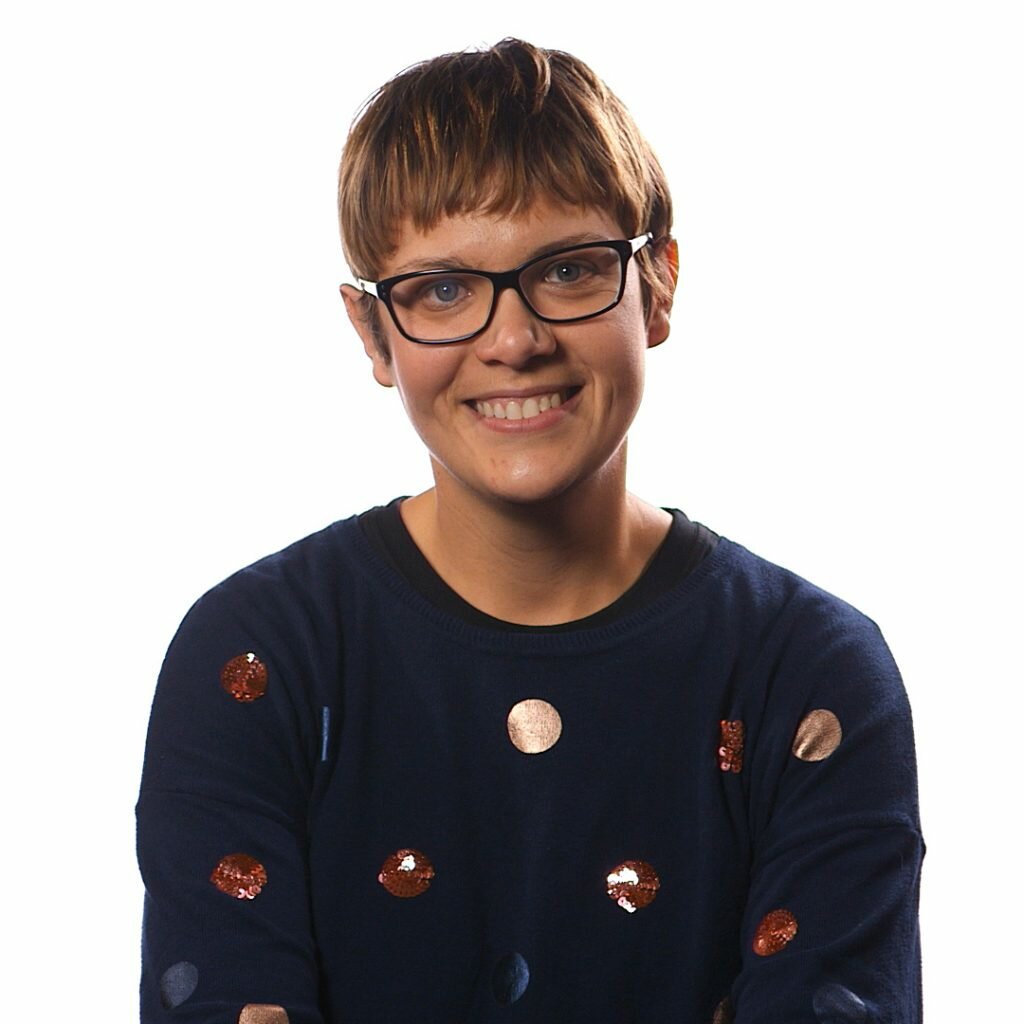Last updated January 11, 2018 at 10:24 am
Surfers around Sydney’s Northern Beaches have been working with scientists from the Clean Ocean Foundation to develop a citizen science toolkit to monitor wastewater outflows from a local water treatment plant.

John Gemmill of the Clean Ocean Foundation and members of Surfrider Northern Beaches worked together on a citizen science protocol for monitoring water quality. Image: Ruby Gemmill/Clean Ocean Foundation

Surfing citizen scientists collecting water samples. Image: Clean Ocean Foundation
When there’s a heavy rainfall, the water treatment plant at Warriewood can’t cope with the influx of stormwater, and Sydney Water which operate the plant discharge partially treated water into the ocean, near a popular surf spot.
By involving Surfrider Northern Beaches, scientists have been able to get access to water testing in locations that they haven’t been able to before.
Surfers were trained in sterile water sampling techniques and kitted out with sample collection containers, backpacks, ice and an esky.
The samples collected after one heavy rainfall showed E.coli levels at 10 times the recommended levels.
While Sydney Water already notify Surfrider when bypass events are planned to occur, the group hopes that in future this could lead to an upgrade of water treatment facilities so they flushing out to sea no longer needs to happen. Or if it does, redesign the outfall to deliver partially treated water further out beyond the surfing area, reducing potential health risks.
This pilot monitoring study is part of the National Outfall Database (NOD) project run by the Marine Biodiversity Hub, reviewing ocean outfalls around Australia.
There are over 100 outfalls around the Australian coast, discharging about 1,380 Gigalitres of effluent into the Australian aquatic environment annually. It’s hoped that the citizen science toolkit developed here will be able to be picked up and used by other community groups around the country.

































































































































































































































































